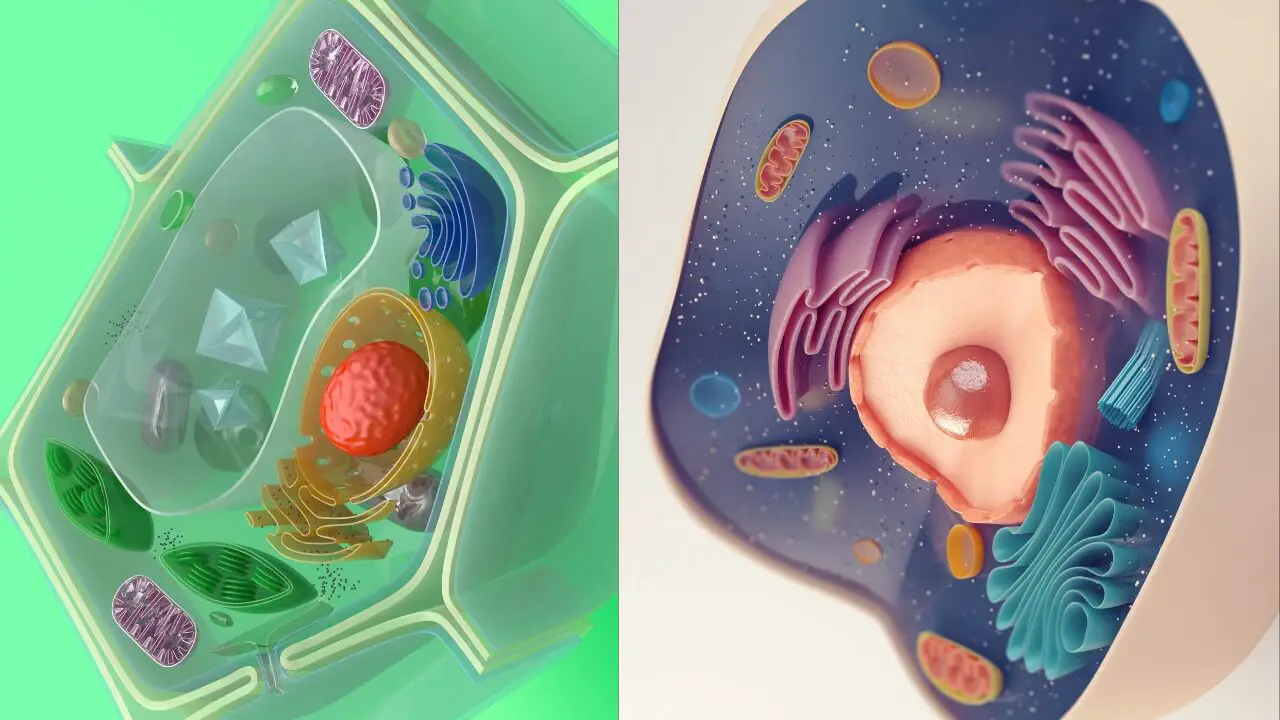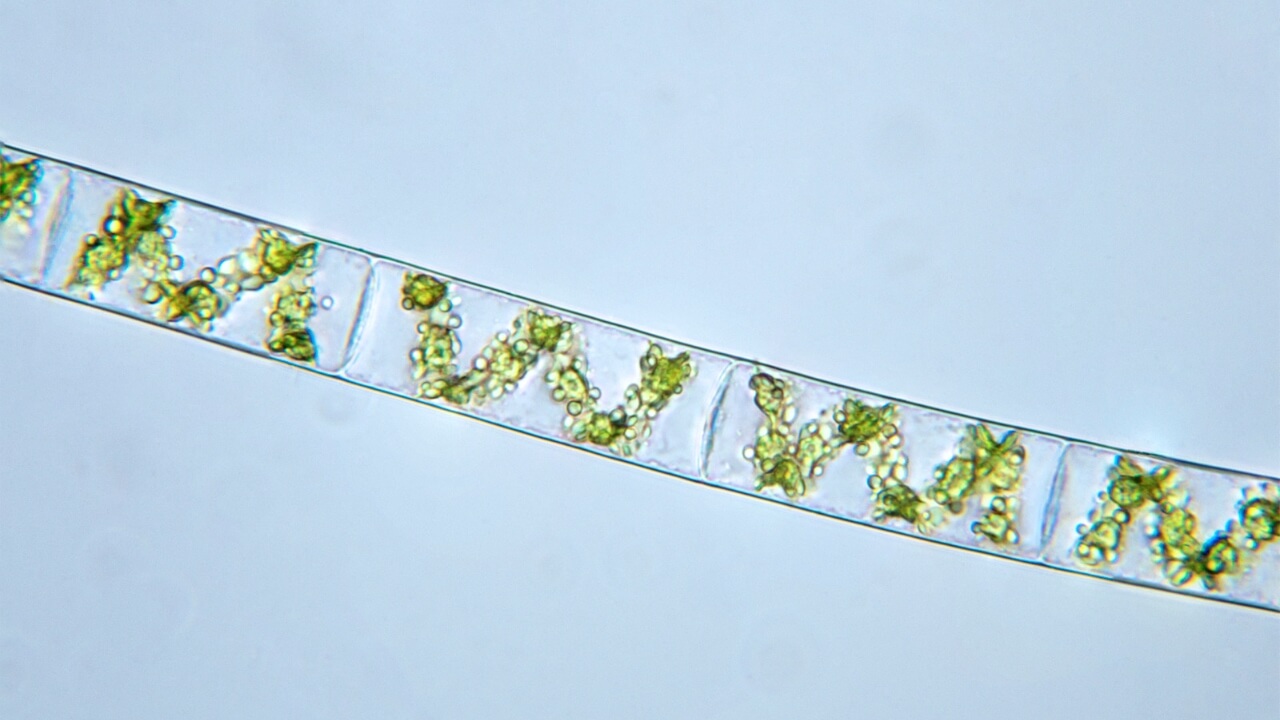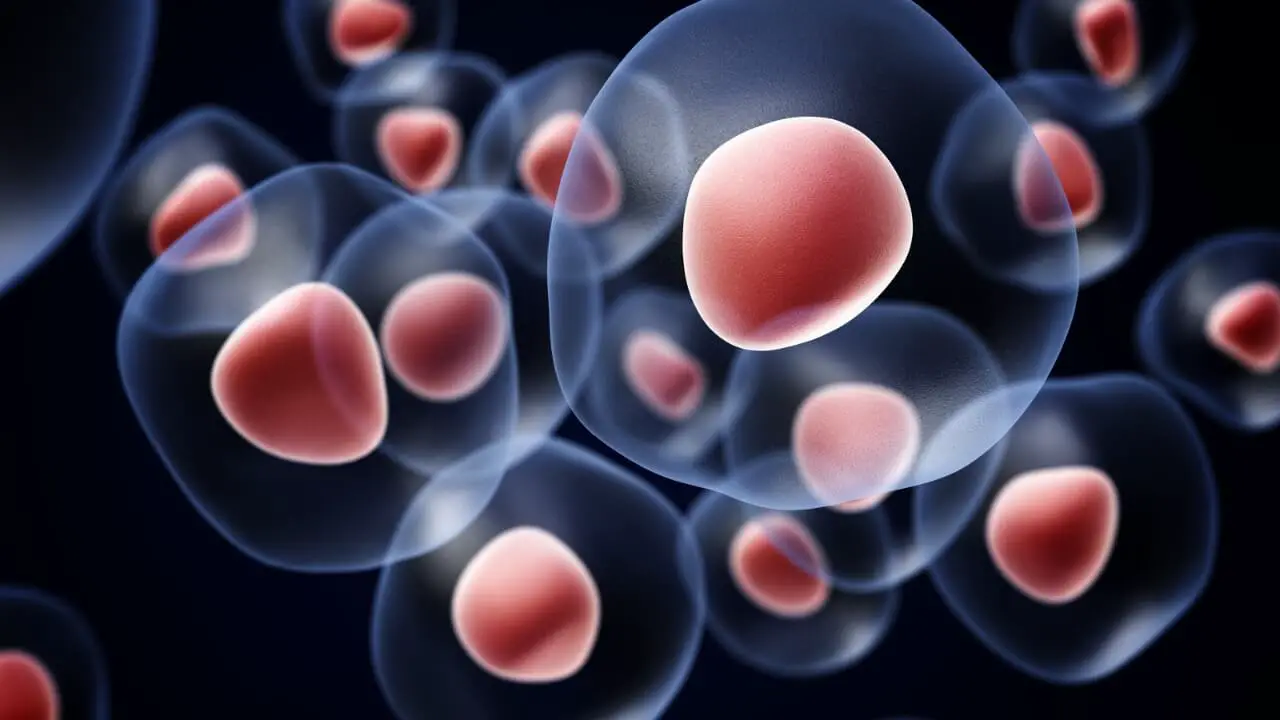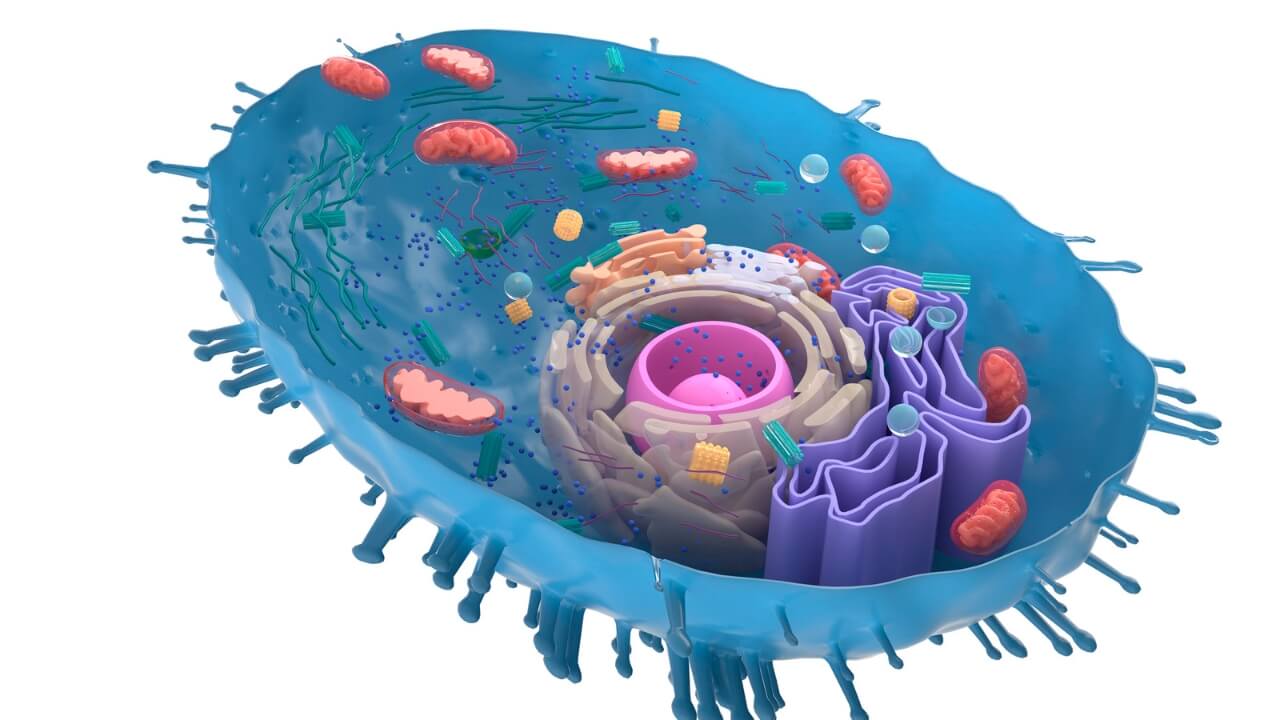Plant and animal cells are both eukaryotic cells that differ from bacterial cells (prokaryotic) because they have a nucleus and membrane-bound organelles. Despite belonging to the same category, there are still significant structural and functional differences between both cell types. In this article, we covered major differences between a plant and an animal cell.
How Plant And Animal Cells Differ
Plant and animal cells differ in many ways because they each have different requirements. The most important difference is that a plant cell has a rigid cell wall that is absent in animal cells. Additionally, some organelles are unique to a plant or an animal cell and are not found in both types. Plant cells have chloroplast and prepare their food themself through photosynthesis while animal cells lack this feature.
Also Read: How Smart are Beluga Whales?
All animal cells have centrioles, while only the male gametes of some plants have centrioles. Plant cells have a single large vacuole while animal cells have one or more small vacuoles. Both plant and animal cells also have different cell structures.
Structural Difference Between Plant & Animal Cells
Plant and animal cells have different cell structures and shapes. Plant cells have a fixed rectangular or cube shape because of the cell wall and large central vacuole. Usually, most plant cells also have a similar size. While animal cells have round or irregular shapes and usually have different sizes. Besides shape, there are also some organelles, which are unique to only a plant or an animal cell.
Organelles Present Only In Plant Cells
Organelle is a subunit within a cell, which performs a specialized function. Most organelles in plant and animal cells are the same, such as nucleolus, mitochondria, Golgi apparatus, ribosomes, endoplasmic reticulum, etc. However, some organelles are unique to only a plant or an animal cell. The following organelles are found only in plant cells:
Cell Wall
The cell wall is the outermost rigid covering of the plant cells, which gives shape to the cell and provides structural support and protection. It is located outside the cell membrane. The cell wall also exists in fungi and some protists (kingdom Protista is a separate group of mostly unicellular organisms that do not belong to animals, plants, or fungi).
The cell wall of plant cells is primarily made up of cellulose, a polysaccharide (long-chain carbohydrate molecule) that has long and straight chains of glucose units.
Chloroplast
Chloroplast is an organelle that exists only in plant cells and algae. It is the food production machinery of a plant cell. Plant cells take carbon dioxide and water from the atmosphere and use sunlight to produce sugar and oxygen through the process of photosynthesis. Because of this feature, plants are called autotrophs because they prepare their food themselves.
Chloroplast is a membrane-bound organelle that has a special green pigment, known as chlorophyll, which captures sunlight energy to carry out photosynthesis. Chloroplast also has its own DNA and ribosomes like mitochondria.
A Single Large Vacuole
Plant cells have a single, large central vacuole that makes up to 90% of the total cell volume. Vacuoles play a major role in regulating the concentration of water in the cell. It also provides turgor pressure and maintains the structure of the cell. In the developing seed cells, vacuoles also work to store proteins. Some studies have reported that vacuoles in the plant cell also do the work that lysosomes do in an animal’s cell.
Organelles Present Only In Animal Cells
The following organelles are found only in animal cells:
Centroils
Centriole is an organelle that regulates the position of the nucleus and other organelles within a cell. It also has an important role in cell division and reproduction of cells. All animal cells have centrioles, while only the male gametes of some of the non-vascular plants (bryophytes), algae, seedless vascular plants, cycads, and ginkgos have centrioles.
Lysosome
Lysosomes are the garbage disposal machinery of animal cells. They have digestive enzymes which help in the breakdown of biomolecules (carbohydrates, proteins, fats, nucleic acids) and even damaged organelles. Lysosomes also have hydrolytic enzymes that work to wipe out disease-causing agents that might enter the cell. Lysosomes also have a role in other cell processes, such as repairing the cell membrane, energy metabolism, and cell signaling.
Multiple small vacuoles
Animal cells have multiple and much smaller vacuoles. The number of vacuoles in an animal cell depends on the type of cell and its function. Vacuoles in animal cells store waste products and other harmful substances.
Extracellular Matrix
Most animal cells release materials into the space between cells that are called extracellular matrices. These matrices are primarily composed of glycoproteins and protein collagen. The major function of the extracellular matrix is to hold cells together in the form of tissue. It also has a role in the communication between cells within a tissue.
Functional Difference Between Plant & Animal Cells
The following are some of the functions, in which a plant and an animal cell differ from each other:
Communication
Animal cells are connected within a tissue through tight junctions, gap junctions, and desmosomes. They communicate with each other through extracellular matrices.
On the other hand, plant cells within a tissue communicate through plasmodesmata, which are junctions or narrow channels that allow the passage of molecules between cells.
Food Or Energy storage
Animal cells store sugar molecules in the form of glycogen, while plant cells store it in the form of starch. Both glycogen and starch are types of complex carbohydrates that can be broken down back to glucose through the process of cellular respiration to get energy.
Amino Acids
There are a total of 20 amino acids that are needed in protein synthesis. Of these 20, an animal cell can naturally produce only 10 that are known as unessential amino acids. The other 10 are known as essential amino acids and must be taken from outside sources through diet. Plant cells can naturally produce all 20 amino acids.
Differentiation
Stem cells are the only type of animal cells that can differentiate and convert into other cell types; from brain cells to muscle cells. In contrast, most plant cells can differentiate throughout their life.







